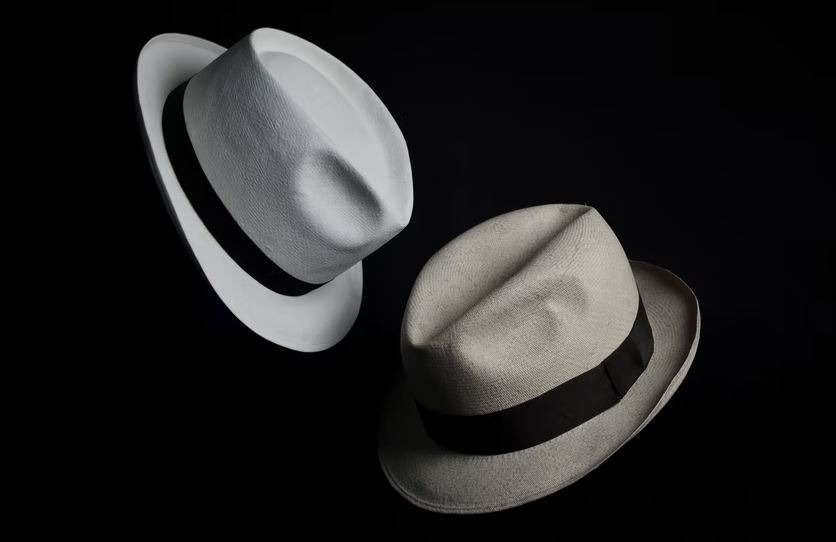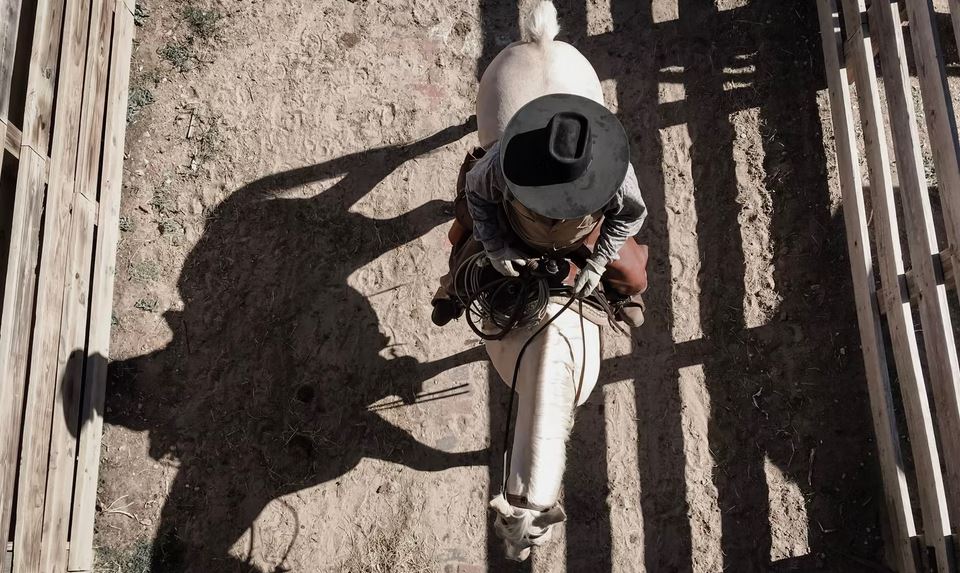What do you picture when thinking of a cowboy? Perhaps, the horses and rodeos, the ranch, the lassos, or the cowboy boots. Yet, let’s be honest. Among the things that you can associate with a buckaroo, only one truly hits the mark: the cowboy hat.
Though Mongolian horse riders have been wearing wide-rimmed hats since the 13th century, it was only in the 13th century when John B. Stetson, a manufacturer from Philadelphia, invented the “Boss of the Plains,” the true modern-day American cowboy hat.
View here to learn more about clothing gifts for father.
Believed to have drawn influences from the ones worn by the vaqueros or the working cowboys hailing from Northern Mexico, the cowboy hat Stetson designed featured a flat brim, rounded corners, and a smooth, straight-sided crown.
Stetson’s hats were made from the fur of different small animals like rabbits and beavers, allowing them to endure harsh elements. Touting great durability, the “Boss of the Plains” became a perfect fit for the needs of the Western working class. Thus, also heralding its wide popularity among the Western people.
Over time, the cowboy hat went through different changes in style. For instance, its shape was modified to suit its wearer’s needs. Its crown was pinched, giving it better control, while the brim was curved up on its sides, so it wouldn’t get in the way of the rope.
In the mid-1800s, its main function was to protect cowboys, cattle hands, and ranch workers from the extreme sun rays in the American cowboy. Nowadays, the hat has morphed more into a fashion gear in Western wear. Originally a men’s accessory, good-quality cowboy hats are now available in all shapes and sizes and worn by women and children.
Various styles have also sprouted across the decades. You can now also see decorations like natural gems, rhinestones, feathers, and other embellishments adorning the cowboy hat. Today, the traditional item is not only worn by cowboys, but rodeo athletes, movie stars, and musicians are now using it to achieve the best country look or Western look.
Not to mention that cowboy hats have also evolved in terms of colors, becoming available in an array of hues and prints. You can now wear pink, yellow, green, blue, leopard-printed, or zebra-striped ones, whichever suits your preference.
Prior to all these changes, the standard cowboy hat was only seen in basic white or black, as portrayed in many writing and movies. But, have you ever wondered why it is so? Did cowboy hat colors have meaning? In this article, we’ll delve into that deeper and discover more about color symbolism in cowboy hats.
Color Symbolism in Cowboy Hats
Between the 1920s and the 1940s, white and black cowboy hats were widely used in Western American films. White hats symbolized heroism and therefore were worn by protagonists, while black hats denoted evil and became the headwear color that the villains wore.
“The Great Train Robbery,” America’s first silent Western film released in 1903, was the first to use this in the movies. It features the story of a gang comprised of criminals who robbed a train, escaped in the mountainous terrain, and eventually succumbed to a group of armed locals.
Only two films deviated from these conventions in the early cinema, William Boyd’s Hopalong Cassidy, a fictional cowboy hero who wore dark clothing, and the “The Law and Jake Wade.”
Filmmakers were said to have used the convention, expecting viewers to quickly get associations. Of course, white has always been linked to cleanliness, purity, innocence, and everything that is good and right. Moreover, the use of white and black made it easier for audiences to distinguish who were the good guys and the evil ones during intense, fast-paced fight scenes, especially when filming from behind.
With that, the color of the cowboy hat has been a crucial element when watching cowboy shows on the big screen, on television, in plays, or reaching Western stories and novels, helping viewers or readers understand from which side is the character on: the good or evil.
Convention Transcending the Western Films
However, the symbolism of the black color transcended Western films with villains, witches, and other bad characters from fantasy, sci-fi and cartoon films also donning black headwear.
For instance, there’s Darth Vader from Star Wars with his iconic black helmet. There’s also Snidely Whiplash, the primary antagonist of Dudley Do-Right in the animated TV series “The Rocky and Bullwinkle Show.” In the classic novel “The Wonderful Wizard of Oz,” the Wicked Witch of the West, the story’s most significant antagonist, also wore black headwear.
Meanwhile, the convention has also been used in the world of technology. Black hat hackers pertain to cybercriminals who get into computer networks with bad intent, like stealing passwords, destroying files, holding computer hostages, and taking personal information like credit card numbers.
Their counterparts? The white hat hackers who are deemed to be the “good hackers” or “ethical hackers,” who only exploit computer systems to find flaws and risks to further improve the security of the companies and the organizations.
Going back to film, Western modern films used the convention as reference and attempted to break it in various ways. In Ang Lee’s “Brokeback Mountain,” the two cowboys Ennis Del Mar and Jack Twist wore black and white hats but never used them for the standard symbolisms seen in the early films.
Final Words
Despite all the associations, black is the number-one selling color among all cowboy hat styles. It’s little wonder as the black pretty suits any clothing of both sexes. The second most adored color is the classic tan or brown, which is now a staple in the Western wardrobe.
Yet, be mindful that you should be defined by any symbolism or fad. Always find a cowboy hat that suits your own style, preference, and personality. Never be afraid to try different colors, as well as designs, shapes, and embellishments. Soon enough, you’ll find the best cowboy hat that will keep you looking at your best.




